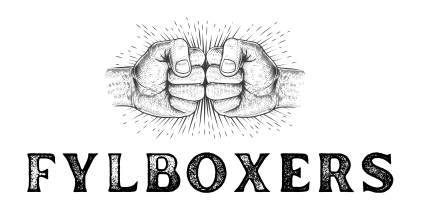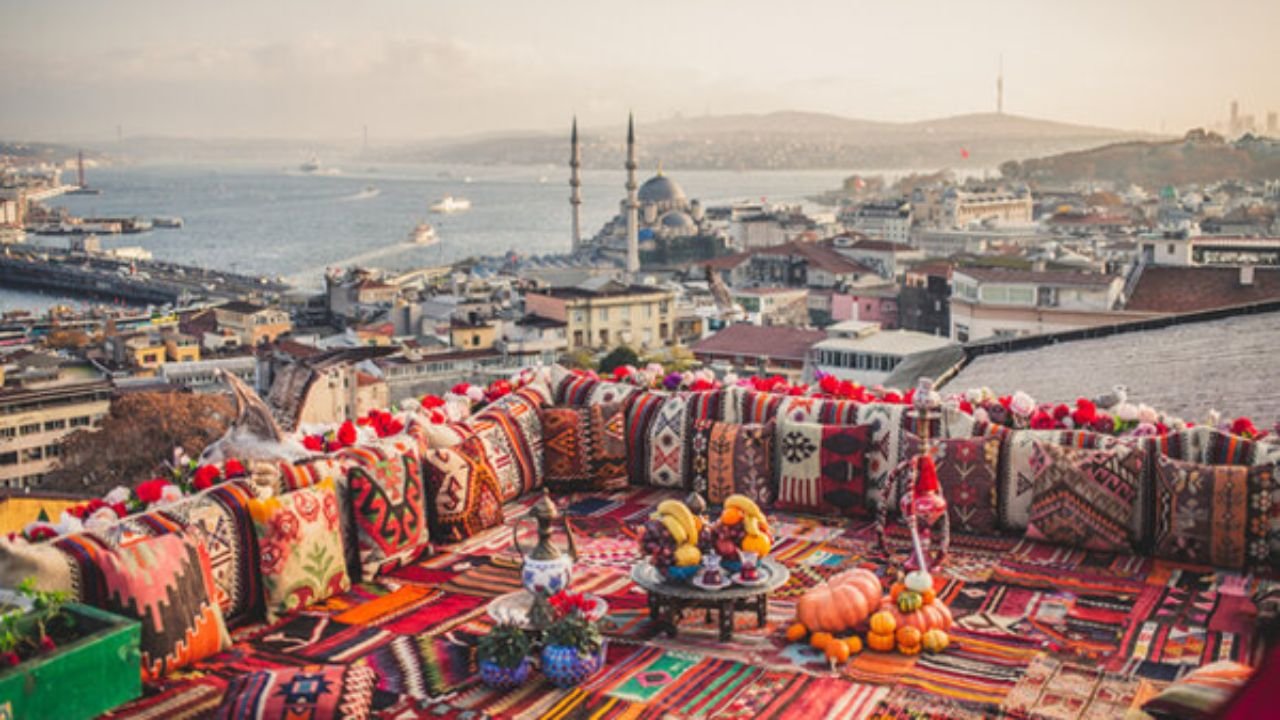Imagine a portal that takes you on a virtual tour across Europe, celebrating its rich tapestry of landmarks and cultural icons. While crossovericon.eu might not be operational, the concept beckons travel enthusiasts, history buffs, and European culture lovers to explore the vast array of symbols that define the continent. This guide serves as a glimpse into what such a platform could offer, celebrating the diversity and significance of European icons.
The Essence of European Icons
Understanding the Concept
The term “European Icon” evokes images of historical landmarks, cultural phenomena, and world-renowned figures that collectively define Europe’s identity. These icons are more than just tourist destinations; they are living embodiments of history, art, and tradition. From the Eiffel Tower in France to the Colosseum in Italy, these symbols stand as testaments to the continent’s rich heritage.
Examples Across the Continent
Europe’s icons vary from country to country, each offering unique insights into its nation’s character. Think of Spain’s Alhambra, where Moorish architecture meets gardens of tranquility. Or perhaps Germany’s Brandenburg Gate, a symbol of unity and peace. Each icon tells a story, connecting past and present in a seamless narrative.
Icons as Cultural Ambassadors
European icons serve as cultural ambassadors, representing their nations on the global stage. They invite travelers to experience the essence of Europe, fostering an appreciation for diversity and history. These icons transcend borders, uniting people through shared admiration and understanding.
The Impact of European Icons on Modern Society
Influence on Tourism
European icons hold a magnetic allure for travelers worldwide, driving tourism economies and fueling local cultures. Iconic landmarks draw millions of visitors annually, turning cities into bustling hubs of cultural exchange. For many, a trip to Europe is incomplete without visiting these renowned sites.
Fashion and Popular Culture
From fashion runways to music videos, European icons inspire creativity across various industries. The architectural splendor of places like St. Basil’s Cathedral often finds its way into clothing designs, while iconic streets like La Rambla in Barcelona set the stage for cinematic storytelling.
Shaping Global Perceptions
Icons shape perceptions of Europe, crafting a narrative that influences how the world views the continent. Whether through literature, film, or art, these symbols contribute to Europe’s image as a diverse, dynamic, and historic destination.
A Comprehensive Guide to Iconic European Landmarks
Eiffel Tower, France
Standing tall amidst Parisian skies, the Eiffel Tower is synonymous with romance and elegance. Gifted to France in 1889, this iron lattice tower has become a symbol of ingenuity and artistic achievement. Visitors can ascend to observation decks, witnessing panoramic views of Paris.
Colosseum, Italy
Rome’s Colosseum, an architectural marvel, transports visitors to the era of gladiators and emperors. Built in 70-80 AD, this amphitheater hosted grand spectacles and remains a testament to Roman engineering prowess. Guided tours offer insights into its storied history.
Stonehenge, United Kingdom
Mysterious and monumental, Stonehenge stands as an ancient enigma on England’s Salisbury Plain. This prehistoric stone circle has fueled intrigue and speculation for millennia. Visitors can immerse themselves in its mystique, exploring its purpose and significance.
Lesser-Known European Icons Worth Exploring
Plitvice Lakes, Croatia
While not as famous as some, Croatia’s Plitvice Lakes National Park is a natural wonder. Its cascading lakes and lush forests create a serene paradise. Adventurers can hike its trails, connecting with nature’s untouched beauty.
Hallstatt, Austria
Tucked away in the Austrian Alps, Hallstatt is a picturesque village with a charm all its own. Its alpine scenery and quaint architecture make it a hidden gem. Visitors can explore salt mines or simply savor the tranquil ambiance.
Rila Monastery, Bulgaria
Bulgaria’s Rila Monastery, a UNESCO World Heritage site, is a spiritual and architectural masterpiece. Nestled amid mountains, it offers a glimpse into Eastern Orthodox history. Guided tours reveal its frescoes, libraries, and sacred relics.
Preserving and Promoting European Icons for Future Generations
Conservation Initiatives
Preserving European icons is a collective responsibility, requiring dedicated efforts to maintain their integrity. Governments and organizations collaborate to restore and protect these landmarks, ensuring their longevity for generations to come.
Celebrating Cultural Significance
Promoting cultural awareness is vital for sustaining the relevance of European icons. Events, exhibitions, and educational programs bring their stories to life, fostering appreciation and understanding among diverse audiences.
A Call to Explore
European icons invite exploration and discovery, offering insights into the continent’s past and present. By engaging with these symbols, travelers contribute to their preservation and celebrate the shared heritage that defines Europe.
You May Also Like: Discover Hidden Gems in Ovestæ Traditions
Conclusion
Whether through iconic landmarks or hidden treasures, European icons continue to captivate the imagination and curiosity of travelers worldwide. These symbols of history, culture, and innovation serve as gateways to a richer understanding of the continent. While crossovericon.eu may not be accessible, the spirit of exploration and appreciation for European icons endures, inviting all who seek adventure and insight to discover the wonders of Europe.
FAQs
What is crossovericon.eu?
Crossovericon.eu was envisioned as a platform to explore and appreciate European cultural icons, though it currently remains inaccessible.
Why are European icons significant?
European icons encapsulate history, culture, and art, fostering appreciation and understanding of Europe’s diverse heritage.
How do European icons impact tourism?
European icons attract travelers globally, driving tourism economies and facilitating cultural exchange.
What are some lesser-known European icons?
Lesser-known icons include Croatia’s Plitvice Lakes, Austria’s Hallstatt, and Bulgaria’s Rila Monastery.
How can we preserve European icons?
Preservation efforts involve conservation initiatives, cultural awareness programs, and collaborative restoration projects.










